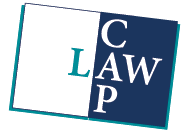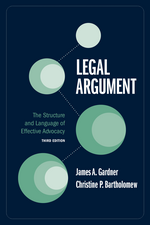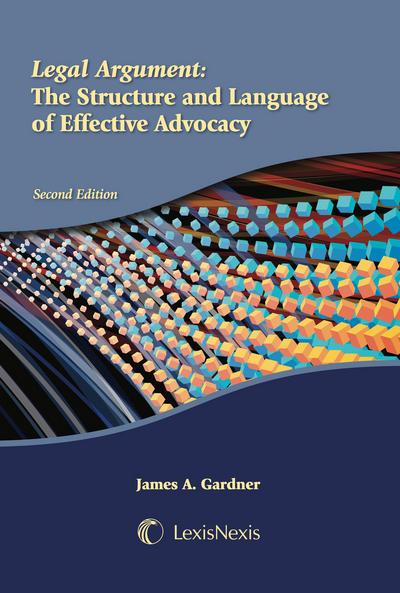This title has been replaced by a newer edition:
Legal Argument: The Structure and Language of Effective Advocacy, Third Edition
2020, 248 pp, paper, ISBN 978-1-5310-1727-9
$49.00
Teacher's Manual available
Includes Core Knowledge for Lawyers online contentLegal Argument
The Structure and Language of Effective Advocacy
Second Edition
2007
Tags: Courts; Lawyering Skills; Legal Research; Legal Writing; and Trial Advocacy
192 pp $36.00
ISBN 978-1-42241-820-8
eISBN 978-0-32717-708-1
Legal Argument: The Structure and Language of Effective Advocacy is a full-featured guide designed primarily for law students in research, writing, analysis and trial advocacy classes and moot court programs. Inside you'll find detailed explanations of how lawyers construct legal arguments and practical guidelines to the process of molding the raw materials of litigation—cases, statutes, testimony, documents, common sense—into instruments of persuasive advocacy. You'll also find writing guidelines that show you how to present a well-constructed legal argument in writing in a way that legal decision makers will find persuasive. The centerpiece of this indispensable work is its syllogism-based step-by-step method, designed to walk the advocate through the process of crafting a winning argument. Intuitive organization presents the material in five parts:
- Part I sets out a general methodology for constructing legal arguments.
- Part II focuses more closely on the construction of persuasive, well-grounded legal premises, and covers the effective integration of legal doctrine and evidence into the argument's structure.
- Part III shows how to put the method to work by giving two detailed examples of the construction of complete legal arguments from scratch.
- Part IV provides a detailed protocol for reducing well-constructed legal arguments to written form, along with a concrete illustration of that process. It also provides concrete advice on how to recognize and avoid a host of common mistakes in the written presentation of legal arguments.
- Part V moves from the basics into more advanced techniques of persuasive legal argument, including rhetorical tactics like framing and emphasis, how to respond to arguments, maintaining professionalism in advocacy, and the ethical limits of argument.



